JTF (just the facts): Published in 2020 by Edition Patrick Frey (here). Hardcover (24×33 cm), 116 pages, with 51 color reproductions. Includes images captions by the artist, an essay by Henk van Houtum, and a poem by Wislawa Szymborska. In an edition of 800 copies. Design by Giliane Cachin. (Cover and spread shots below.)
Comments/Context: The Swiss photographer Roger Eberhard spent over three years travelling to various, often unexpected, parts of the world to photograph very precise locations for his new project. His main interest is in border lines that have shifted over through the course of human history. Borders, and the scenes around them, have always attracted photographers, but Eberhard has found a new and exciting angle to explore the subject. The results of his extensive research and travels have recently been published in a photobook.
Titled Human Territoriality, the photobook has an elegant design, and is beautifully produced. The cover of the book signals right away that the content is rather research oriented: a silver satellite image of the United States with a drawn white border line (as it was under the 1828 Treaty of Limits) appears on the front cover, while coordinates for the map and the scale, together with the book title, and a quote from Henk van Houtum, professor of political geography, are elegantly placed on the spine. The quote reads “A line in the sand is not always a limit, as well as a border is not always a line in the sand. A line is geometry, a border is interpretation.” The book offers an in-depth dive into the world’s border mapping, while also considering the border from a conceptual perspective.
Inside, the book has a clear structure and functional design, turning its visual narrative into an exciting and often surprising journey. Each spread contains a horizontal photograph with a text providing detailed historical background, with the country and the year of the last border changes elegantly indicated at the very top of the page. The book opens with a sky high shot of Qiankun Bay of Yellow River in China, detailing complex border shifts in the region over time. Then there are shots of Walvis Bay in Namibia, the 24th parallel south in Chile, and Magersfontein in South Africa. Eberhard photographs vary from serene landscapes of rivers and mountain peaks, to ruins of formerly sturdy borders and cities stripped of their residents.
One of the photographs depicts an idyllic, almost generic, landscape: a sweeping wheat field, with a forest in the background and a blue sky with few clouds above. This photo was taken around Rakaw, a small urban settlement with a population of just over 2,000 people. “A person who was born in Rakaw in 1905 and remained in the village for 90 years would have had five different nationalities over the course of the 20th century.” Today, Rakaw is located in Belarus.
Eberhard also looks at places where borders have shifted more recently or remain under dispute, like Crimea in Russia/Ukraine, Lake Lequinat in Kosovo/Montenegro, and Modi’in Illit and Jerusalem in Israel/Palestine. Other border changes have been caused by climate change. This was the case with the melting of the massive Theodul Glacier, which resulted in a small territorial gain for Switzerland – Eberhard’s photograph depicts a ski resort which is now in Swiss territory. There are also places like Café Moskes, where one can find a boundary stone, the result of a border dispute, and of course, the owners know how to attract tourists – “you can order a beer in Belgium and go to the loo in the Netherlands”.
The book also contains two fold outs, elegantly hidden inside the pages. One of them documents the Sông Bến Hải River. The fold out opens to a fascinating triptych showing a sequence of images cropped to capture the riverbank as trees, densely growing along it, reflect in the water. At one point, this river, which is about 100km long and 200m wide at its widest point, marked the border between North and South Vietnam. Some of Eberhard’s images reveal tranquilly beautiful places, yet very often they stand in contrast to bloody historical moments that lie invisible in the background.
A section at the end of the book, printed on uncoated paper, contains maps and coordinates of the locations Eberhard photographed. It also puts the content of his research into perspective, as he provides some notable statistics: the total number of countries in the world has increased from roughly 55 in the early 20th century to 90 in the early 1960s, reaching nearly 200 countries today, so it is inevitable that there are many more borders and contested regions to consider.
Human Territoriality stands out as a thoughtfully intellectual photography project presented in a clever book format. With its lucid photographs and often fascinating histories, it reminds us that the borders that we usually perceive as fixed are temporary and fluid, constantly being created, fought for, shifting, and even disappearing. The book, and the layered conversations it brings, seems particularly relevant in our time of growing nationalism, refugee crisis, and the world paralyzed by an ongoing pandemic.
Collector’s POV: Roger Eberhard is represented by Robert Morat Galerie in Berlin (here), where a show of this body of work is currently on view. His work has little secondary market history at this point, so gallery retail remains the best option for those collectors interested in following up.
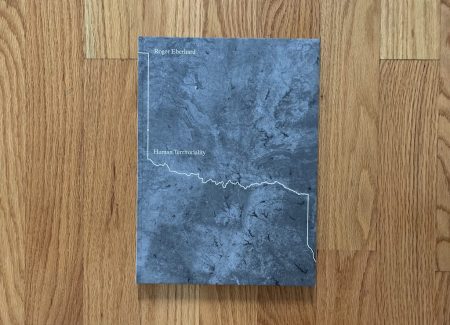

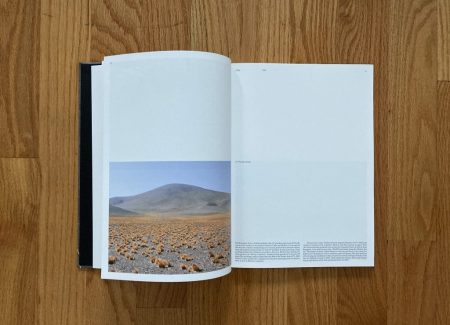
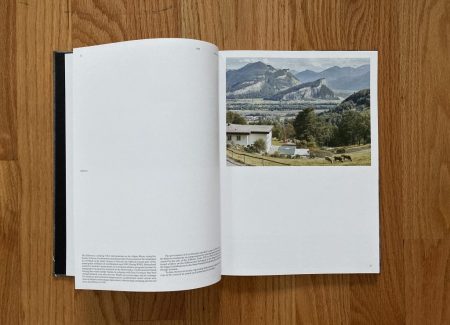





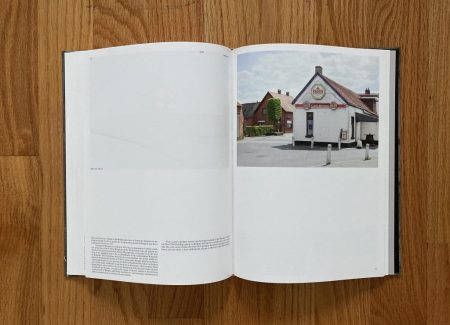


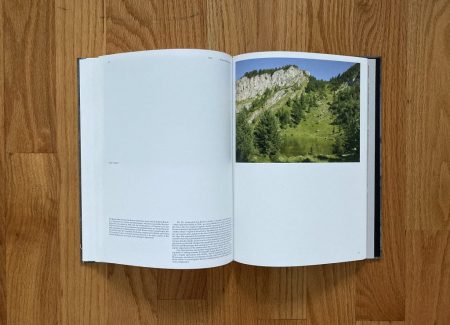








Roger Eberhard is represented by Robert Morat Gallery in Berlin where „Human Territoriality“ is currently on view! Please see http://www.robertmorat.de